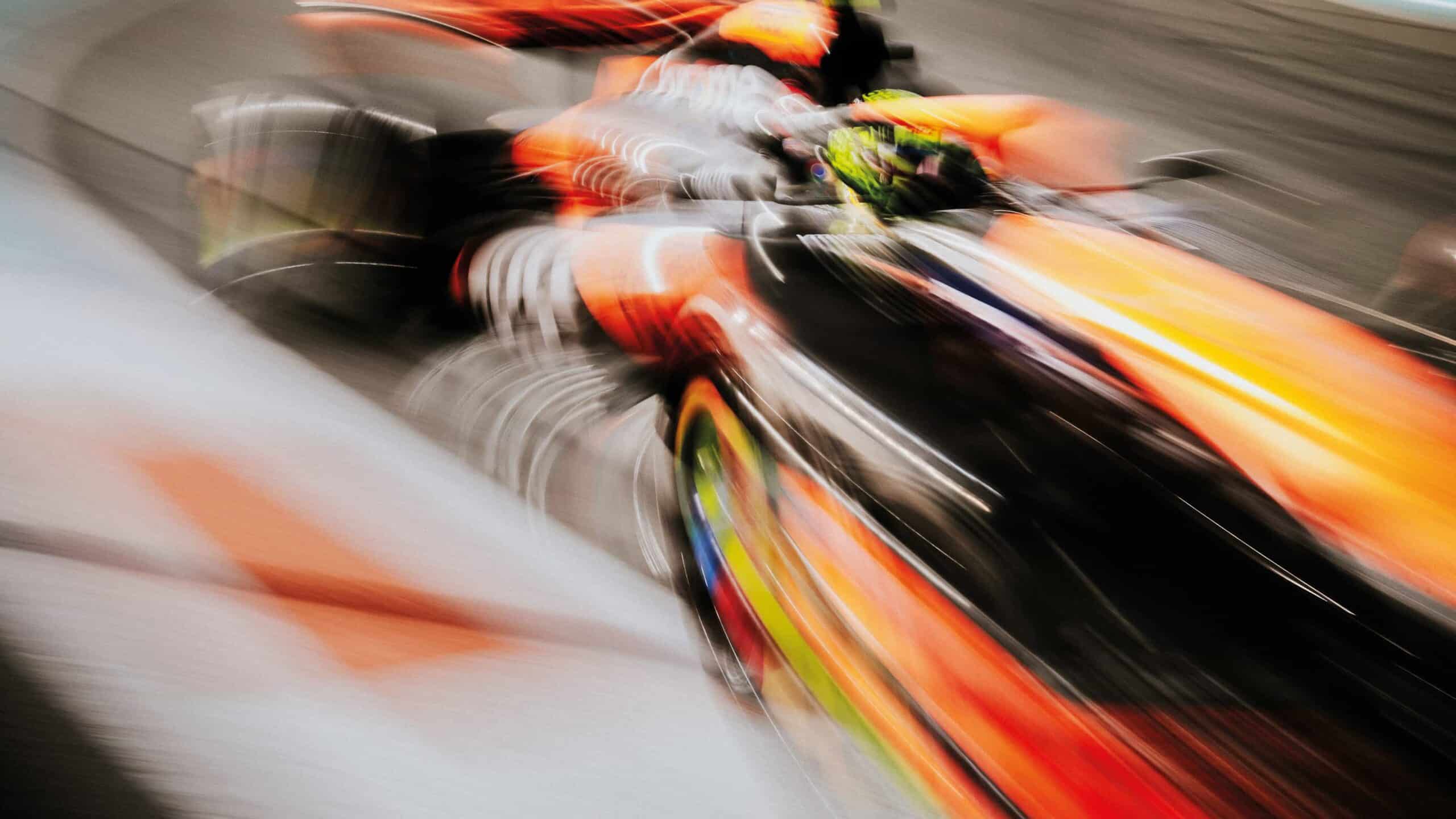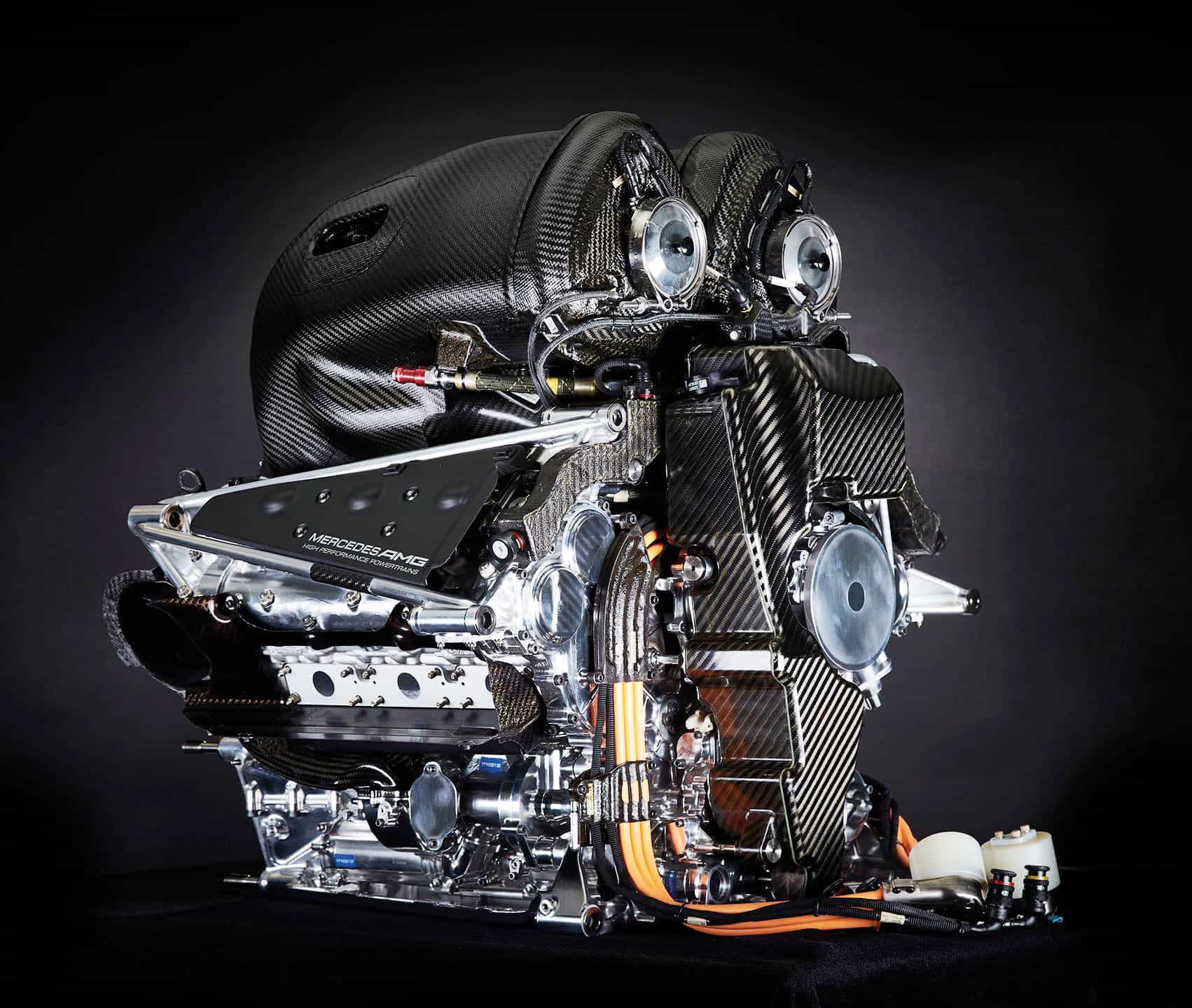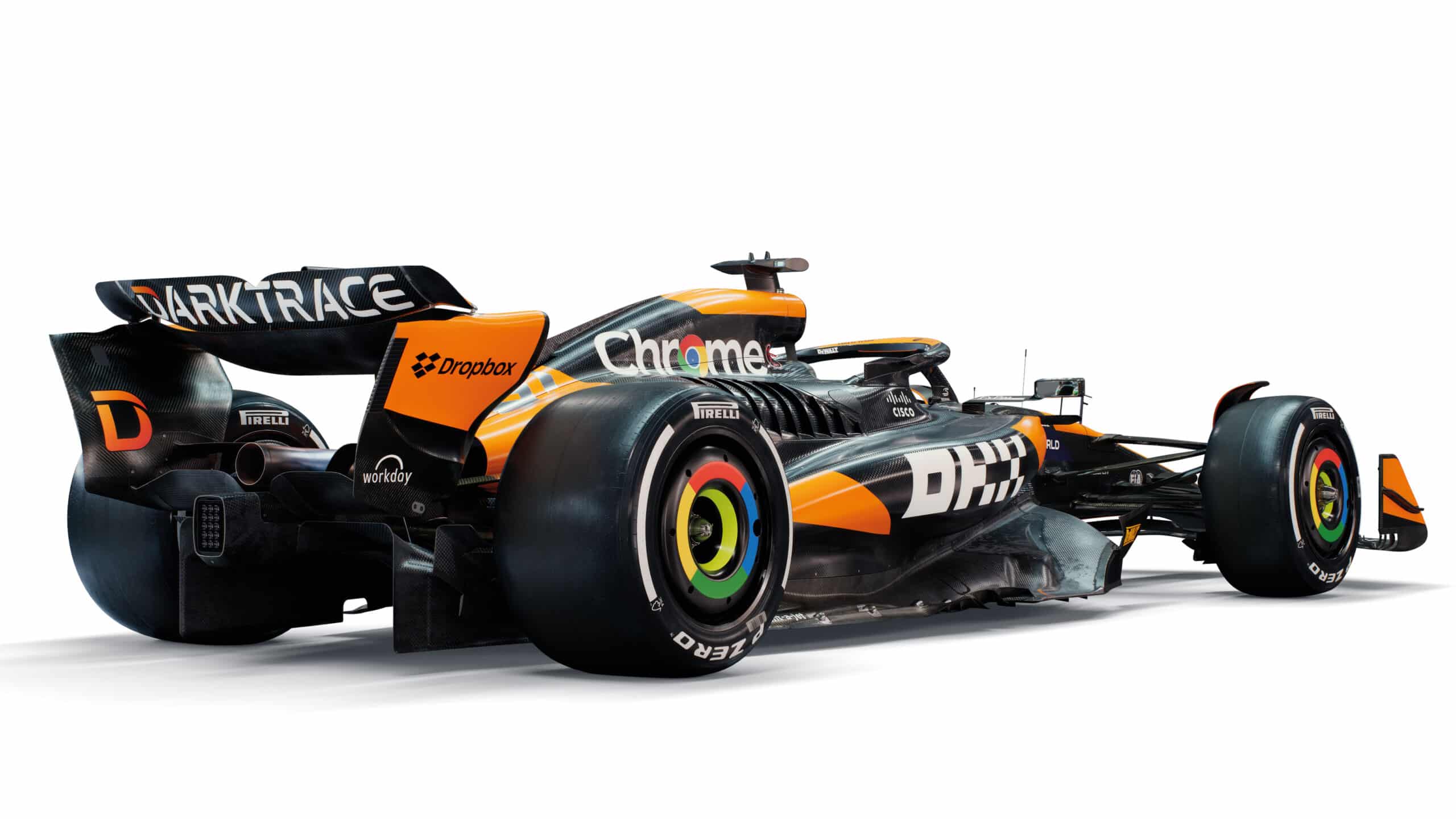McLaren’s F1 revolution, the inside story: from rock bottom to title contenders
The smiles are back and the papaya-hued drivers are riding high. Edd Straw speaks to McLaren F1 team principal Andrea Stella about a racing renaissance
McLaren has travelled far since hitting rock bottom in 2018. Ditching its ill-starred Honda partnership at vast expense to switch to Renault propulsion was supposed to prove the team’s greatness, but instead laid bare how far it had fallen. It was the rude awakening McLaren needed to shock it into making the changes setting it on the path back to Formula 1 glory. The arduous journey is on the brink of completion, but the leap from frontrunner to championship winner is the toughest of all. That’s a lesson it’s learning right now as it attempts to chase down a 42-point gap to beat Red Bull to the constructors’ championship.

Major upgrades of McLaren’s MCL38 means the team has a competitive car, but is it too late to catch Red Bull?
Andrea Stella was promoted to racing director as part of that first technical restructure overseen by CEO Zak Brown six years ago. The Italian, one of the most insightful technical players in F1, has been integral to the revival. The logical continuity candidate when he was promoted to team principal ahead of 2023 after Andreas Seidl’s departure, he has injected that extra magic that has allowed McLaren to smash through the ceiling it was bouncing off at the front of the group chasing the top teams. For so long, McLaren’s comeback was a far-off, aspirational destination, but today it is so close.
Ask Stella, a veteran of Ferrari’s early-21st century dominance, how that final step will be made and it elicits a lengthy answer, not through verbosity or self-aggrandisement, quite the opposite, but because he fully understands that the gains of the past year don’t guarantee ongoing progress.
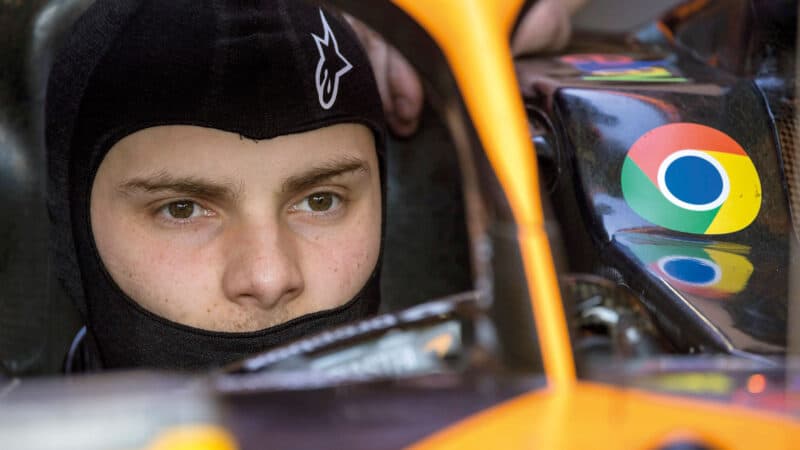
Oscar Piastri – still only in his second season.
McLaren
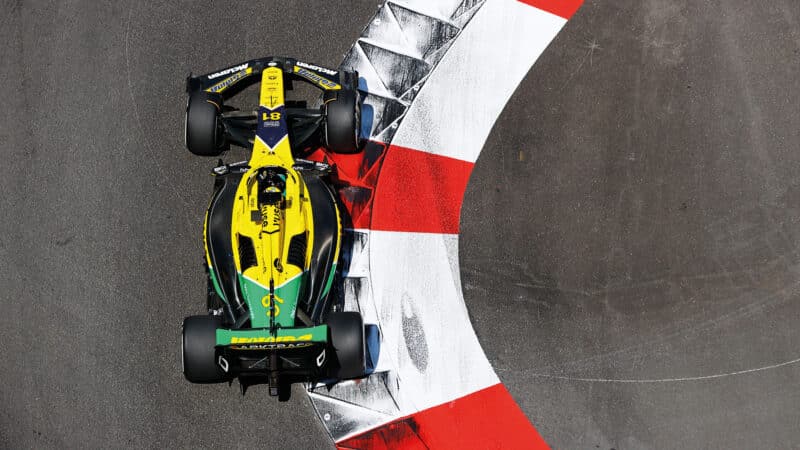
Piastri’s McLaren with Senna livery at Monaco
“Over the last 12 months we have been able to deliver performance trackside at a faster rate than our competitors,” says Stella. “That means we’ve been able to catch up with the best teams on the grid. But there is no guarantee or technical reason that means you will continue with this gradient.
“First of all, because you started on the back foot you might have had more opportunities [to improve]. There was nothing wrong in the car, but it was underdeveloped so we accelerated development in many areas of the car and this has led us to close up with a faster, steeper gradient. You are not necessarily going to continue this momentum in the future in a way that guarantees you will overtake them.
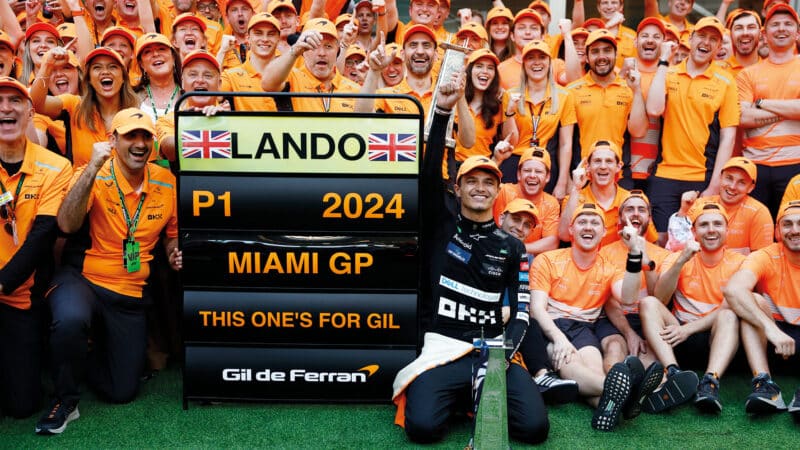
Painting the town, er, papaya. Left: Miami was Lando Norris’s maiden F1 victory.
McLaren
“Secondly, we are not familiar with this position. Red Bull have done such a good job with material. They won when other cars were in condition to win because they are familiar with and well-equipped to deal with being at the top and maximising what they have.
“We have the buzz and energy from good results, but this also disturbs our attitude and mindset compared to when we were the clear underdogs and under the radar. It was difficult because we were not competitive, but ultimately a mistake was less costly than it is now when you may lose a podium finish or a victory. There’s some challenges with being in this position and there’s reflection ongoing. People are thinking, “Do we have to change what we do?”
The leap from frontrunner to championship winner is the toughest of all
“There’s a constant process of reassessing where you are and where you want to head in the future, what do you carry of what you have done before and what might you have to update. We need to approach this actively rather than passively, so we’re definitely talking internally about our attitude. What’s our attitude to 2025, 2026? Where are we going to put our resources? Is a short-term investment [for ’25] a long-term investment technically because while it won’t be relevant for ’26, we’re growing our expertise. These are the reflections you need to consolidate the momentum and continue the trajectory.”
Stella’s judgement so far has been spot-on. The McLaren revolution was initially overseen by technical director James Key, who joined in 2018, and Stella’s predecessor as team principal Seidl, who arrived in ’19. Both then switched to the Sauber/Audi project and their departure has allowed Stella to implement his own vision. Initially, it had worrying echoes of the ‘matrix’ management system implemented at McLaren by Martin Whitmarsh, derided by Adrian Newey as “an unnecessarily complex and wretchedly unworkable system of department heads and ‘performance creators’”.
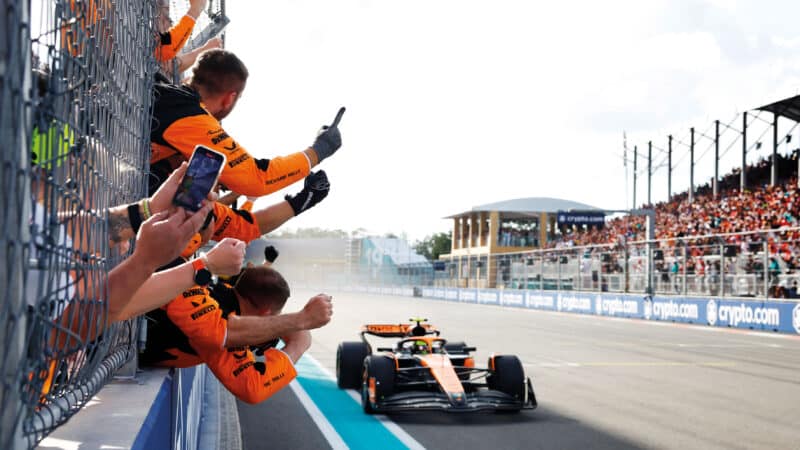
The winning culture has returned
McLaren
But this is different, and that was Newey. As Stella says, he is “a special case of somebody who is so prepared that he can influence all areas in a competent way without dropping the standard”. Initially, McLaren implemented a structure with three technical directors giving each dominion over one area – Peter Prodromou (aerodynamics), Rob Marshall (engineering and design) and David Sanchez (car concept and performance). When Sanchez left in April, the consequence of being recruited as a direct successor to Key and leaving by mutual consent having not taken to the modified role, this was reshuffled. Marshall became chief designer, with Neil Houldey as TD engineering and McLaren stalwart Mark Temple becoming TD performance, with former Newey lieutenant Prodromou staying in place. However these roles are sliced and diced. It’s about preventing the top of the technical tree being overloaded – or “diluted”, as Stella puts it – encouraging creativity and innovation. Stella plays a part in facilitating this because as a team principal steeped in engineering he can make the final calls if there isn’t consensus.
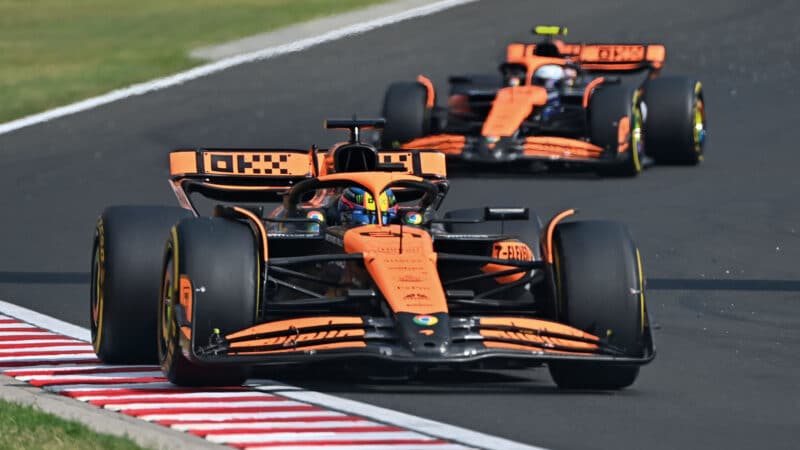
‘Team orders’ McLaren 1-2 in Hungary
Getty Images
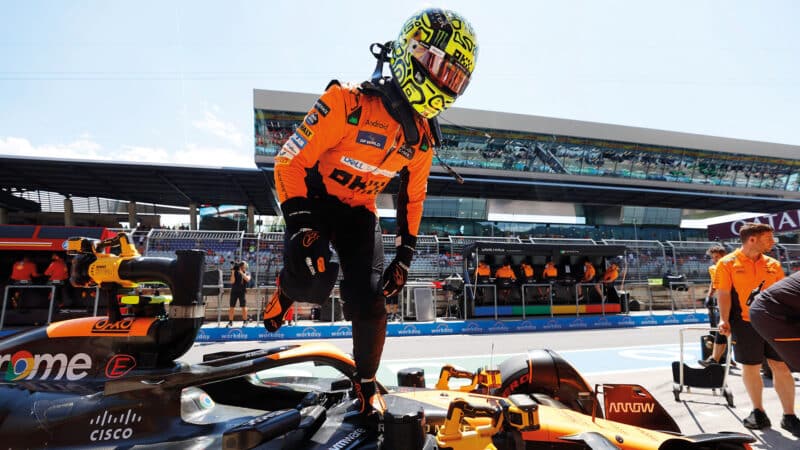
Norris has been crucial in McLaren’s jump to the top
The upshot is McLaren has leaped from the top of the midfield to the front of F1. The past two seasons both started with admissions that the car development is behind where the team would like it to be. But major upgrades followed that transformed the McLaren from what Stella calls “underdeveloped” into a frontrunner. Now, he admits the game has changed with big leaps forward in the past superseded by constant refinements.
However, there is still big potential at McLaren. Under Seidl’s leadership, several key strategic decisions were made and while some, such as the switch to Mercedes engines in 2021, immediately paid off, others are about the long game. The new state-of-the art wind tunnel in Woking is now up and running, ending a period of over a decade where McLaren used Toyota’s facility in Cologne. There’s a new driver-in-loop simulator, a bolstered composites department and a more powerful production facility that has reduced the ‘time to market’ for new parts.
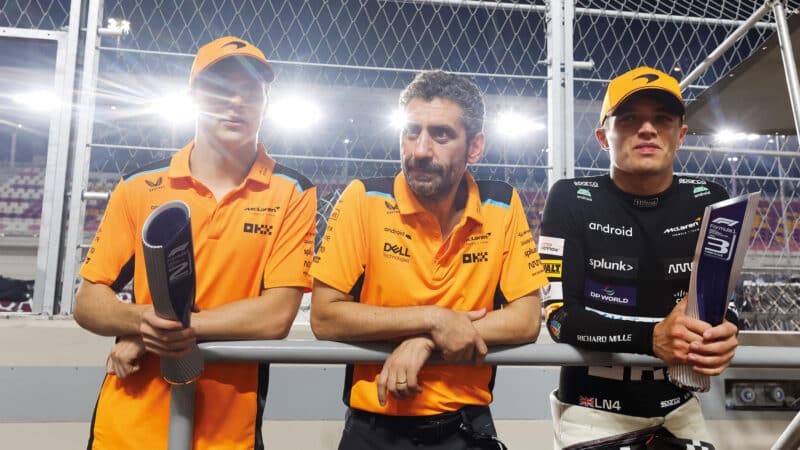
Trophy hunters, from left: Piastri, McLaren principal Andrea Stella and Norris.
McLaren
“It was absolutely necessary if we want to have realistically any chance in the future to be a successful team to deliver these infrastructure projects,” says Stella. “They are enablers, which fill a primary gap that we had to most of our competitors. The second consideration is the big turnaround happened without taking advantage of those infrastructure [improvements]. This is something we need to keep in mind, otherwise we create the wrong assumptions as to what are the key success factors.
“Thirdly, when we assess our capabilities as a team overall, we still have some gaps that have been accumulated over the years. The more you work on the marginal gains, the more some of these missing aspects of the infrastructure and capabilities become important. Clearly, they were not essential to get the team out of the position we were in 12 months ago, but they would probably not be sufficient to take us to a position where we can regularly be competitive. So we’re working on defining the next investments and we have further projects that are being delivered.”
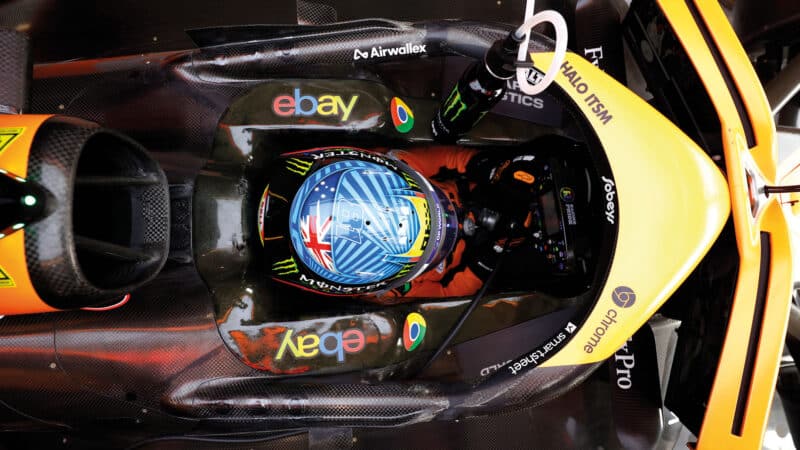
Piastri – still learning
McLaren
Now, we must confront the elephant in the room: McLaren is a customer team. That means it will be in a minority in 2026, along with Haas, Williams and RB (depending on whether or not Alpine/Renault makes the baffling move of closing its engine programme). That fundamentally means that the Mercedes works team has an advantage. McLaren has sought a works partner, but nothing has come together and its current supply deal runs to the end of 2030.
Stella doesn’t deny this is a limitation, but argues being a customer isn’t the disadvantage it once was given F1’s current regulatory framework. Suggest to him that it might cost a notional couple of tenths of a second in performance potential and he contends it might not even be that.
“There’s a constant process of reassessing where you are”
“From a theoretical point of view, what you say is logical,” says Stella. “It was probably more relevant a few years ago, where a works team could not only affect the packaging or the direction of the power unit but there also wasn’t as much regulatory framework to ensure parity in terms of the output and the way engines are operated from a tuning point of view.
“The FIA have done really good work in terms of making sure that there is no difference. OK, there will always be little differences. If there’s one engine with one more kilowatt than another engine it’s not going to go to a customer. You said two-tenths. I would really struggle to think that there is two-tenths nowadays in the fact that you are not a works team. So I would rather clear my mind of this sort of noise and maximise what we have.

Architect of the comeback – CEO Zak Brown
McLaren
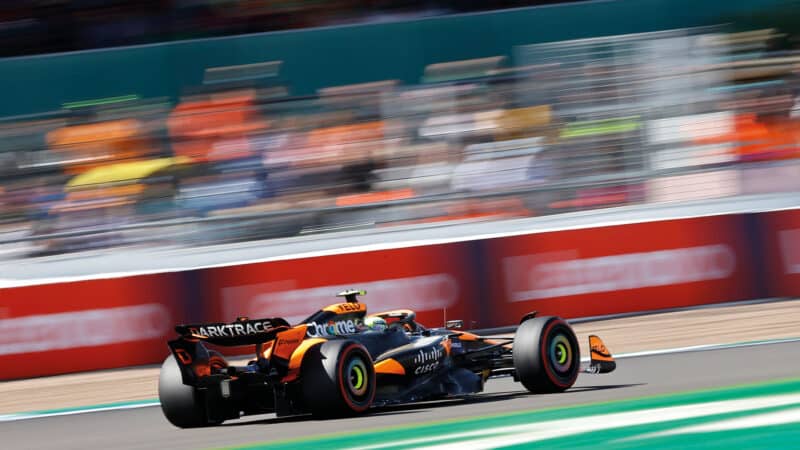
All of a sudden, F1 is exciting again.
McLaren
“I have good relationships with the power unit manufacturer and with HPP [Mercedes-Benz High Performance Powertrains]. The dialogue is excellent. We are respectful of the fact that there’s a works team and they are going to have the final say, but we try to come up with sound engineering proposals and then HPP and MGP [Mercedes-Benz Grand Prix] will evaluate whether that makes sense for them, or if that’s not right for the works team. We are not under any conviction that because we’re not a works team we’re not going to succeed. That would be a false assumption and a big distraction.”
Stella is not big on excuses. He can identify weaknesses that require improvement, but combines that with a ruthless desire to extract the maximum potential in the moment. The Seidl/Key regime was a crucial part of the McLaren revival, but perhaps guilty of allowing the short-term progress to plateau while awaiting the transformative effect of improvements such as the wind tunnel. Stella is creating a culture all about wringing the absolute maximum out of the now and avoiding the expectation things will be magically better once tool ‘x’ arrives over the horizon. F1 teams are slow moving in terms of their evolution, but some never reach their destination.
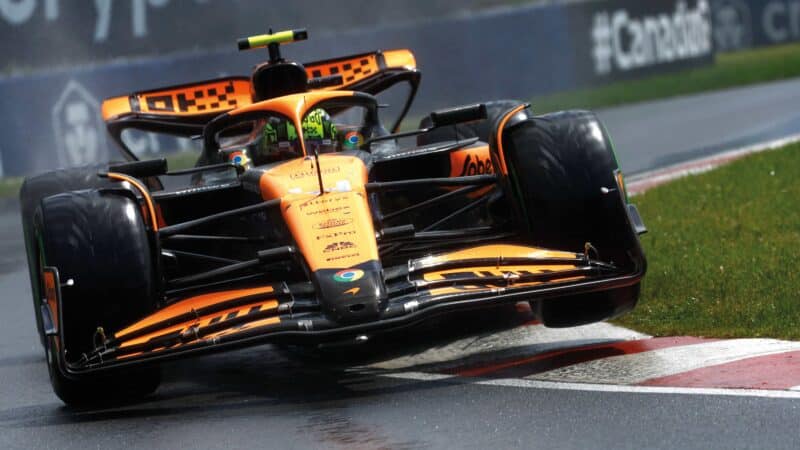
Norris, here, led a British 2-3-4 at the Canadian GP, with Piastri taking fifth
McLaren
One example of this was a shift in the way McLaren approaches its aerodynamic development. Wind tunnels, as with all such factory-based tools, are only simulations and while they produce vast quantities of data, as Stella puts it “the tunnel does not tell you what to do”. What changed was the way the data was being interpreted and applied to reflect the demands of F1’s current venturi-tunnel cars. Today’s F1 cars are the most aggressive ground-effect racing machines ever made and that required a shift in some of the assumptions that drove development under the old rules. So significant were the changes McLaren made in the approach to this that wind tunnel numbers that show a clear improvement now would have acted as a red light two years ago.
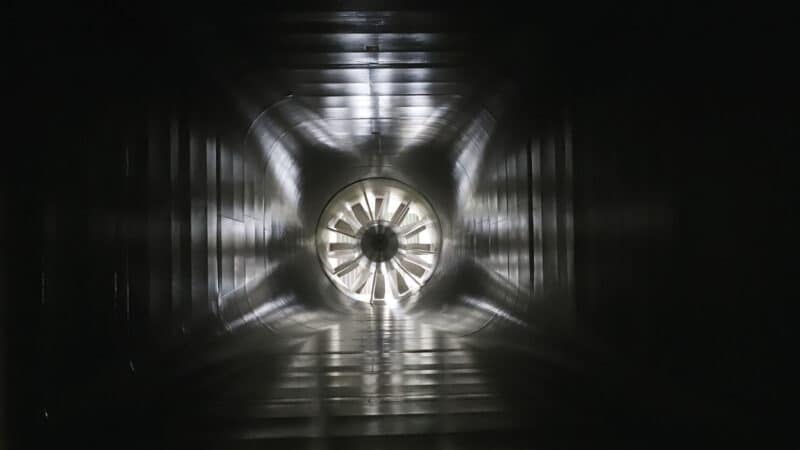
McLaren’s wind tunnel means no more trips to Cologne
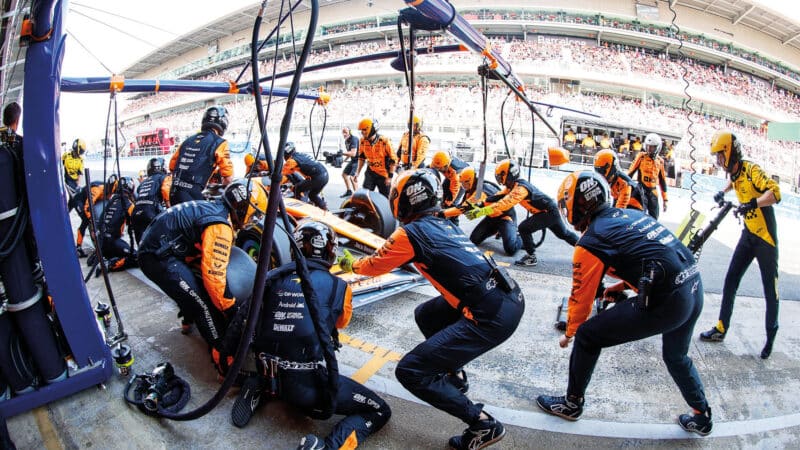
Teamwork has been key to Stella’s plan
Fundamentally, the journey McLaren is now on is one of evolving knowledge of the science that underpins the design and development of these cars. Its decade in the wilderness meant its current rivals moved far ahead on this and, while McLaren has closed the gap, it’s still running at a deficit.
“I have good relationships with the power unit manufacturer. The dialogue is excellent”
“You need to generate knowledge,” says Stella. “Generating this knowledge takes time because it needs to go through experiments, developments, mistakes, cycles. For instance, the trackside [operation of the car] is part of the fundamental cycle through which you learn, because you make your assumptions with your tools, you can test in a simulator, then you come trackside and you learn something else and this feeds back into the process. But from idea to trackside, sometimes it’s months, so there’s time involved.
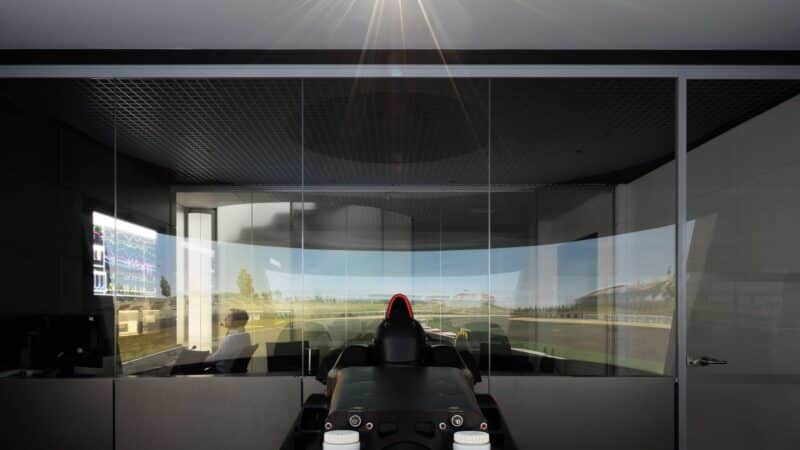
McLaren is, of course, a customer team but Stella has faith that the Mercedes engine, will keep his car competitive
“In Formula 1 you need complicated tools, complicated science. From an aerodynamic point of view, Formula 1 cars are by far the most sophisticated aerodynamic object on the planet. An aircraft is 10 times simpler than what is achieved on a Formula 1 car close to the ground and with very ‘non-aerodynamic’ wheels. But ultimately, all of this is led by human brains. If you start to mix – what’s the role of the humans and what’s the role of the tools? – then you may start to get things wrong. In this sense, the main enabler remains people. And people need to be aware of that because you need 100 people, for instance, in aero and those brains need to be properly connected. This makes it even more of a human matter, because the brains generating science are not a single brain, which will easily agree with itself – it’s 100. So communication, alignment, dispersion and teamwork become fundamental elements. This is what is typically called culture. But culture is an enabler of performance. It’s not because we are a philanthropic association – we want to generate performance.”
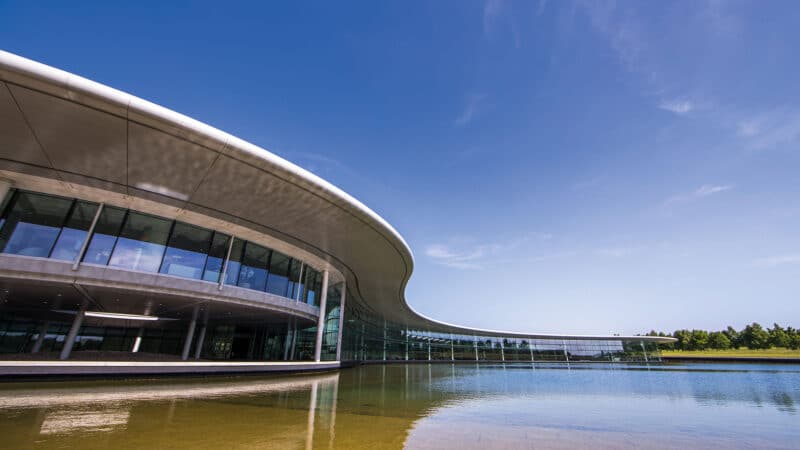
The sun’s shining in Woking once again – and some are already wondering what 2025 will bring
The drivers are also key enablers. Lando Norris and Oscar Piastri are both locked down to what’s officially said to be “at least” the end of 2026. In F1-team speak, that means with options beyond that. Neither is the finished article, with Norris backed by the team to make the final step from winner to title winner and benefiting from the process of regularly doing battle with Max Verstappen. He’s let opportunities slip, but he’s adaptable and self-critical and will fulfil his aim of ‘making better decisions’ in pursuit of that final 1%. The team backs him to the hilt in this process. Piastri, in his second year, is more erratic but at his best as quick, if not quicker, than Norris. Both are learning about life at the front in F1 and are seen collectively as a central pillar of McLaren’s revival, with no sign the team covets luring another top gun in their place.
“Norris and Piastri are both learning about life at the front”
Stella regards the drivers as part of the network of human brains he refers to, offering them the chance to grow with the team and learn how to be the F1 stars it needs them to become. He’s also not afraid to crack down when necessary, criticising both when they inconsequentially clashed at Monza last year. He also made it abundantly clear after Norris had his crisis of conscience having been handed the lead in Hungary by a strategy designed to preserve McLaren’s 1-2 but that cost Piastri around 5sec, one eventually resolved when the positions were reversed late on. Stella insisted he always had confidence Norris would do the right thing, but warned that “the interest of the team comes first – if you mess up on this matter, you cannot be part of McLaren”.
If McLaren is to take that final step and emerge as a title contender, and it might yet do that in 2024 for the constructors’ championship at least, Stella’s philosophy and leadership will be a crucial part. As Lando Norris says, “He’s been the key to almost the whole thing – he’s genuinely unlocked potential from people.”
This is what will allow F1’s sleeping giant to get back on top.
